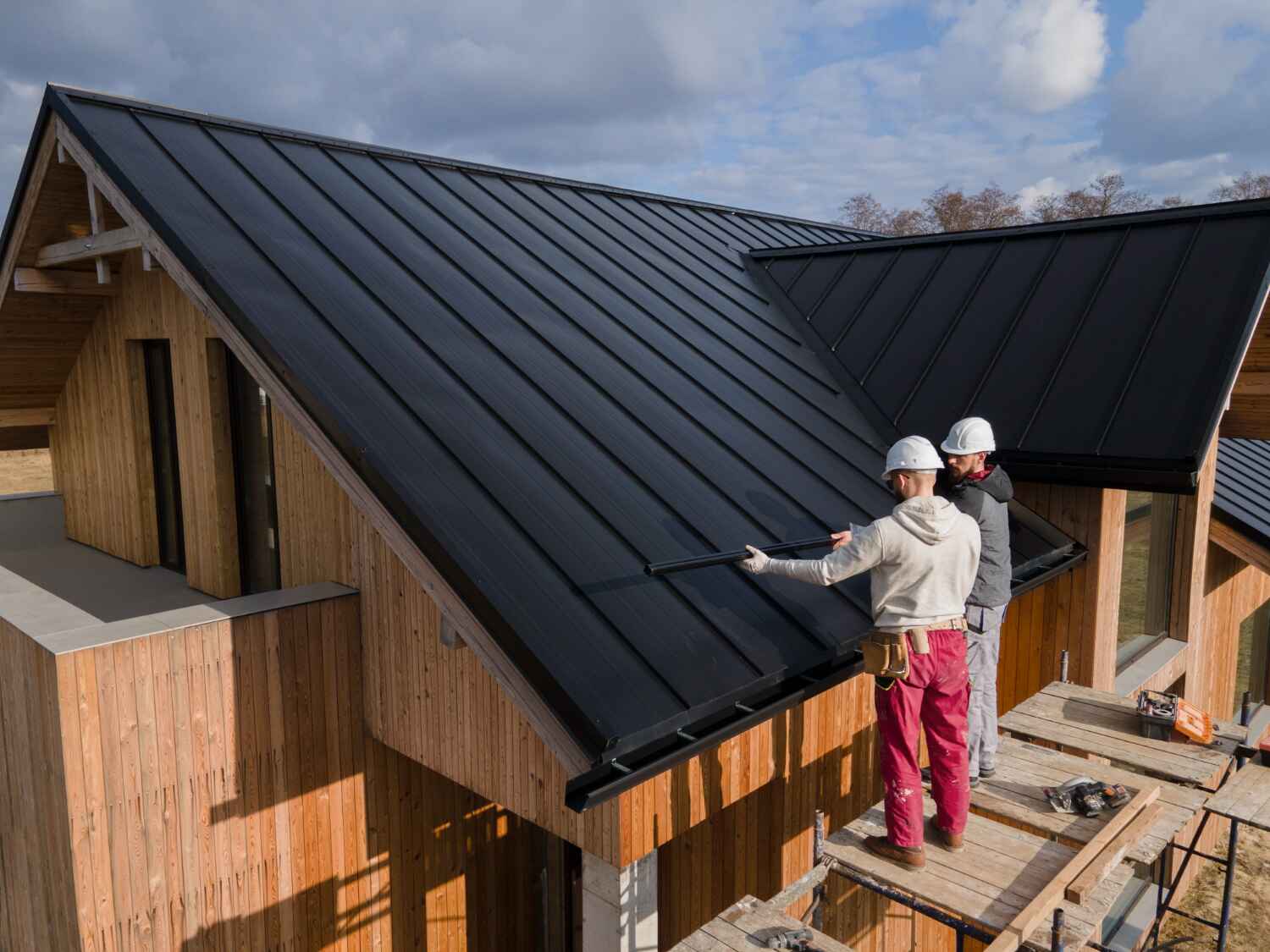
Your roof is your home’s first shield against wind, rain, hail and heat. When a roof gets old, it struggles to do that job. That is why many insurers look closely at roof age when they set your price or even when they agree to write the policy.
Older Roofs Mean Higher Risk
An older roof has more possibility to leak, lose shingles or fail in a storm. Water damage spreads fast and costs a lot to fix. Because the odds of a claim go up as a roof wears out, the price you pay for insurance can go up, too.
Material and Age Both Matter
Not all roofs age the same. A metal roof ages differently from an asphalt shingle roof. Tile and slate age differently, too and local weather plays a role. Sun, snow, and salt air all change how fast a roof wears. Insurers consider both the type and the age, plus the roof’s shape and how it was installed.
How Roof Age Can Change Your Policy?
If your roof is older, your insurer may:
Smart Ways to Keep Costs in Check
Timing a Replacement
If your roof is near the end of its life, plan the swap before peak storm season if you can. A timely upgrade can steady your rate and cut the chance of leaks.
Home insurance protects your biggest asset. A strong roof lowers the chance of a claim and can help you qualify for better coverage at a better price. Hiding a roof’s age can backfire during a claim. Being open and proactive keeps both your home and your policy in good shape.
Kindly fill out the form below, and we will get back to you as soon as possible.